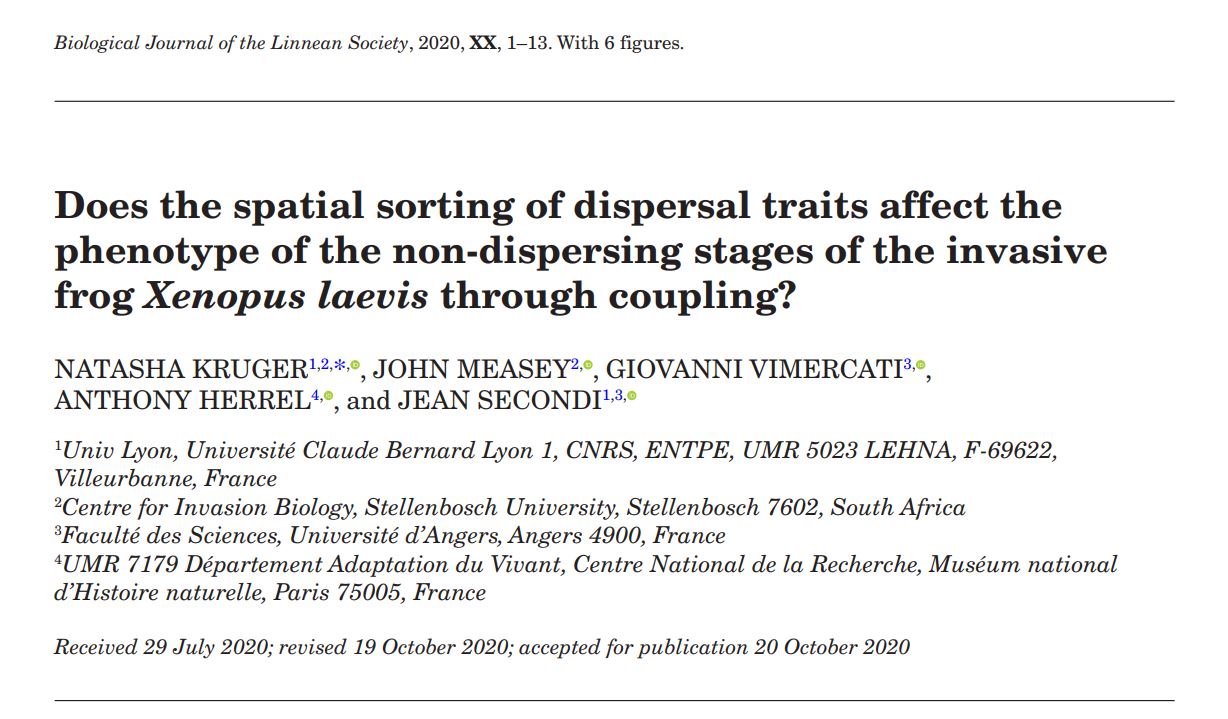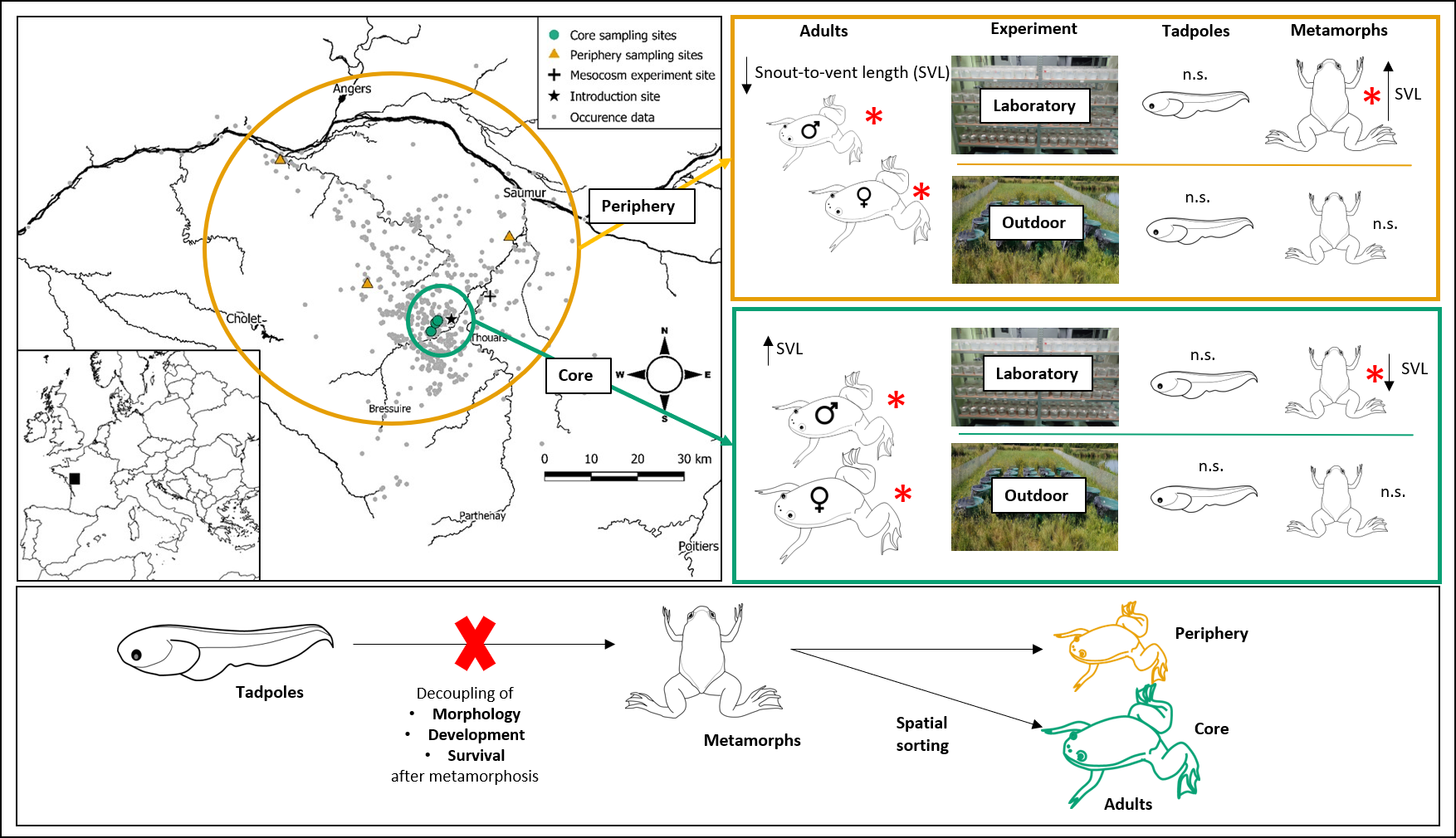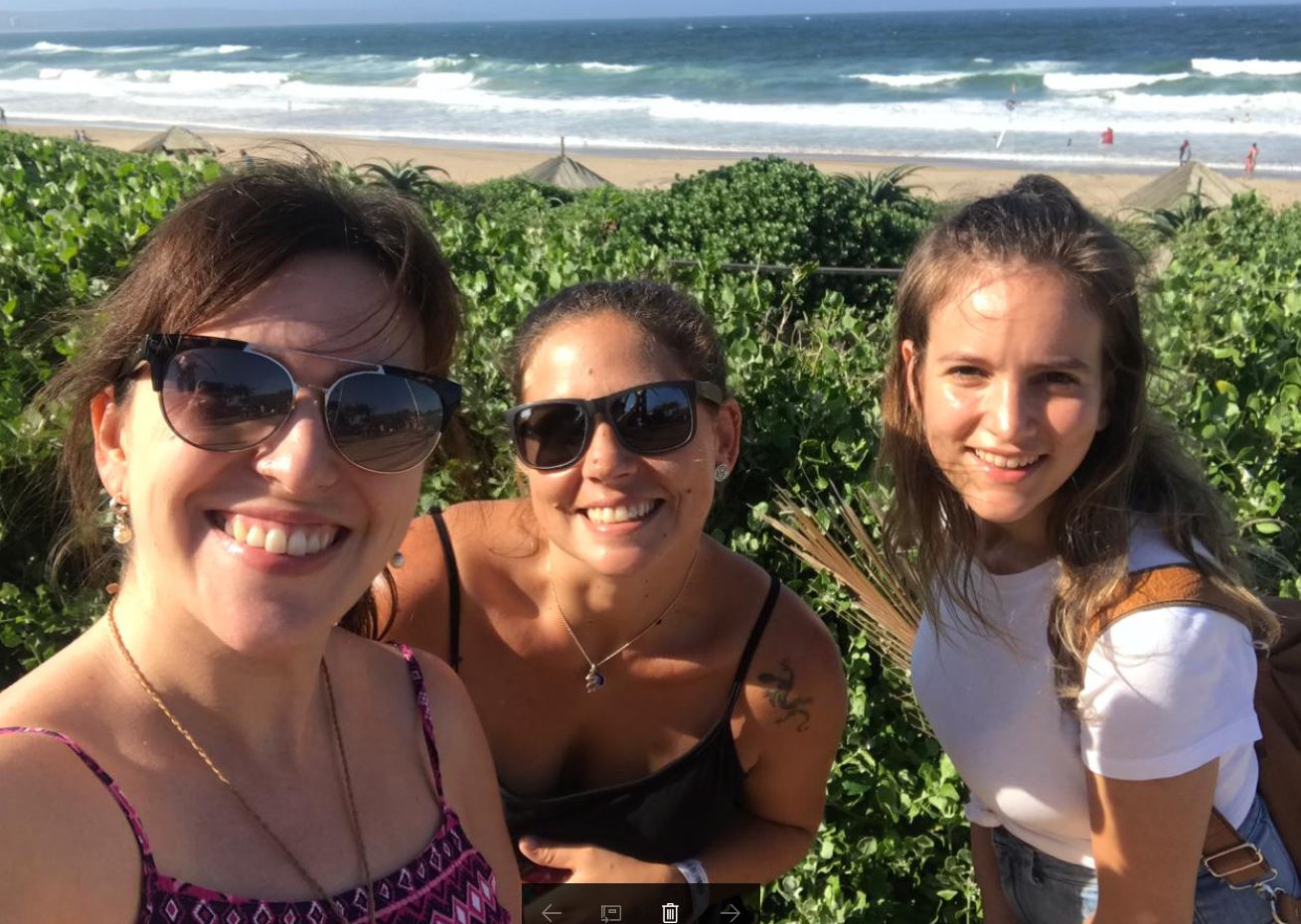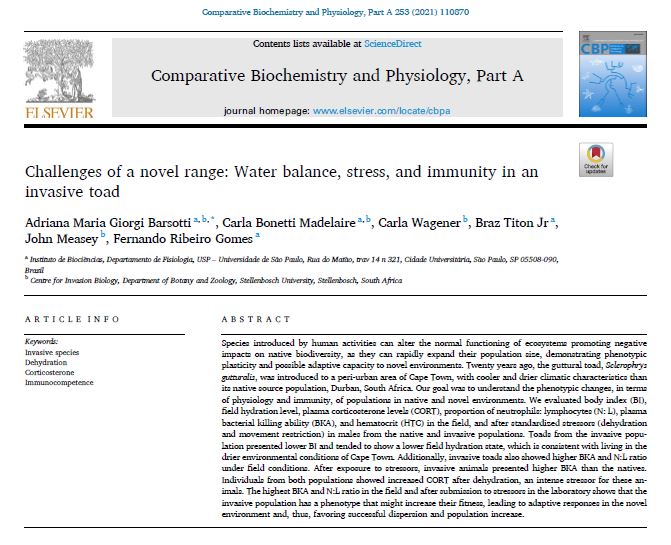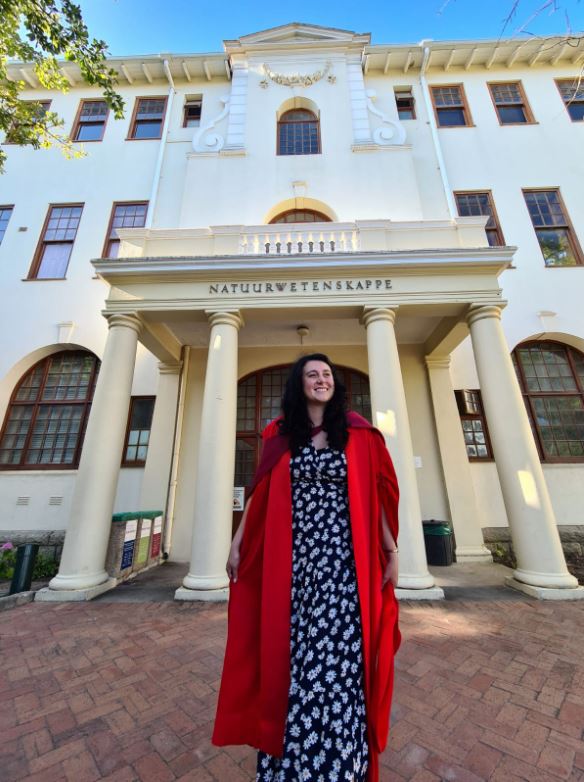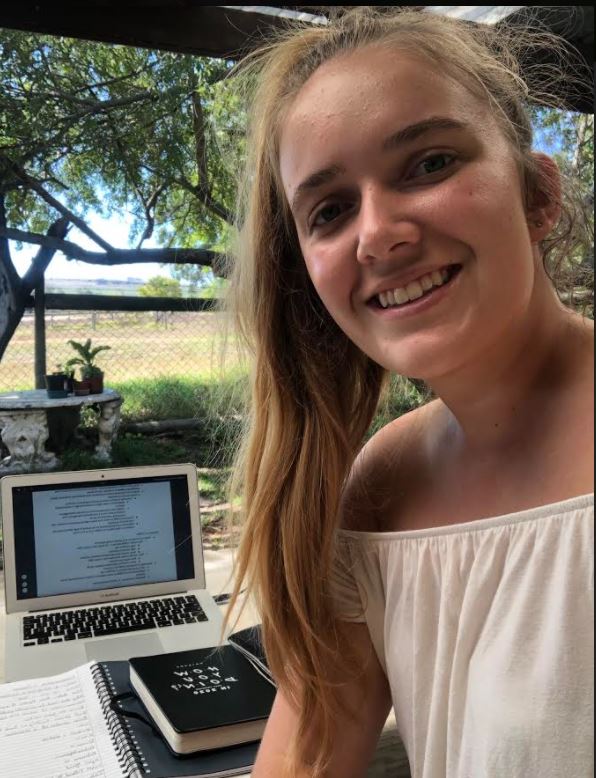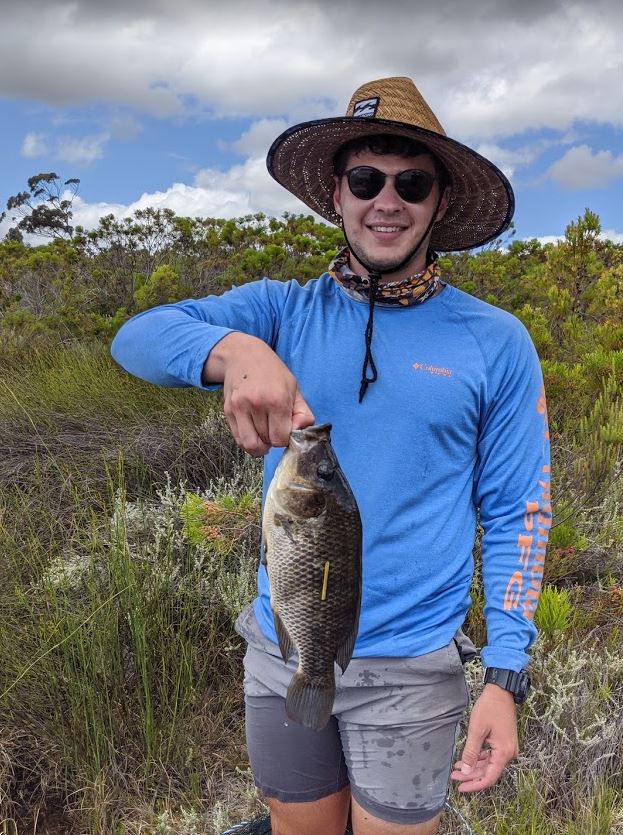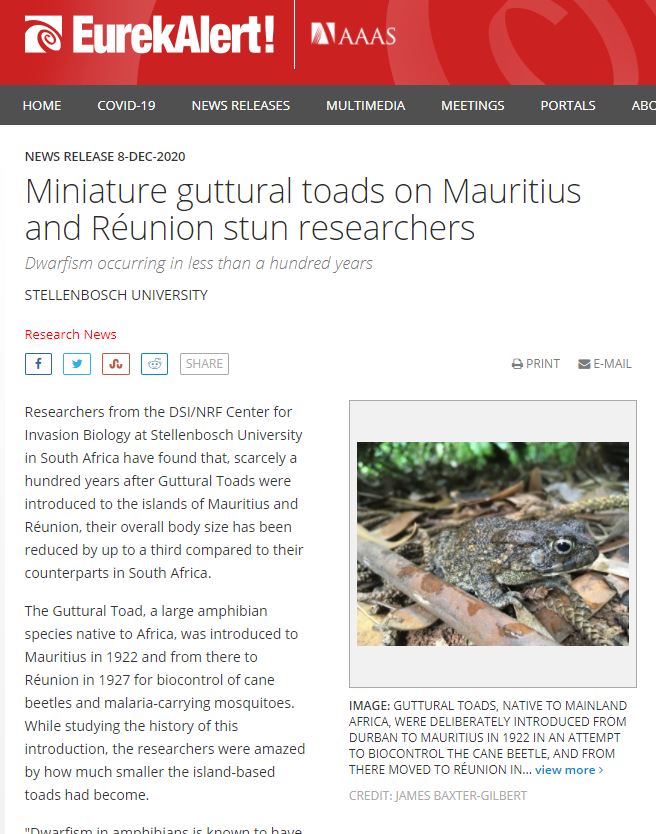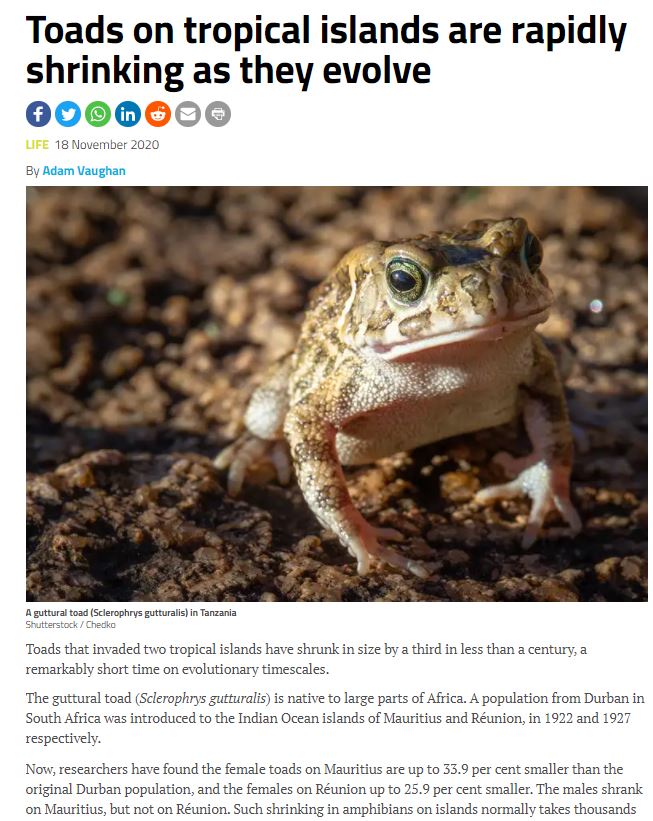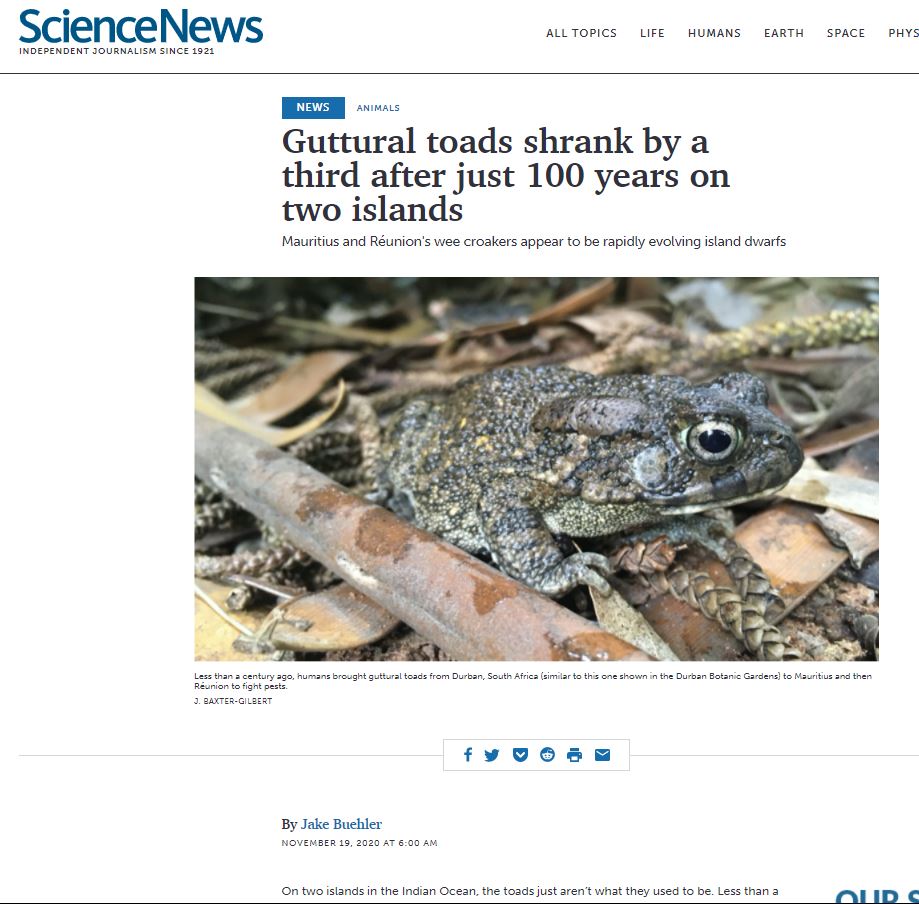Two very different talks for Society for Integrative and Comparative Biology (SICB) 2021
I’m co-author on two very different talks at this years’ SICB conference, held online.
The first talk by Carla Madelaire takes the work she and Adriana did on CORT back in 2019 to another level by asking whether saliva assays work as well as blood. This work has particular relevance on repeating CORT levels on individuals. Great to see this being presented!
The second study uses some data collected by myself and Anthony Herrel many years back. We collected some burrowing data on various caecilian species. Now Aurélien Lowie, from Ghent University, has taken this and other data to look at how a number of different live caecilians perform in relation to their skull shape.
See more on the SICB 2021 website (links below!).
Corticosterone levels in the saliva as a measure of stress in toads
CB Madelaire, D Dillon, AMG Barsotti, J Measey, FR Gomes, CL Buck
Glucocorticoids have been widely used as a physiological marker of stress, and elevated baseline glucocorticoids levels in vertebrates have been associated with environmental changes. The use of minimally invasive sampling techniques and analysis of non-traditional sample types to monitor stress in wild populations has increased due to the importance of understanding how animals respond to environmental disturbances. The use of saliva samples can be a powerful tool to monitor both endocrine shifts and responses to stressors in wild populations. This sampling method does not require a large amount of manipulation and it can be used to sample smaller species, contributing to an increase of studies in environmental endocrinology and conservation efforts of understudied species. This study validated corticosterone (CORT) measurements in the saliva of the guttural toad (Sclerophrys gutturalis) using samples collected in the field and after a standardized stress protocol. We show that small amounts of saliva (0.018±0.028 g) are sufficient to quantify CORT. Salivary CORT levels were higher after exposure to a standardized stress protocol when compared to field levels of CORT, indicating that saliva samples can reflect biologically meaningful levels of CORT in the guttural toad. Because levels of salivary and plasma CORT were not correlated in either the field sampled animals or following exposure to acute stress, we conclude that CORT in the saliva and plasma might show different response dynamics to stimuli.
Keywords
conservation physiology, glucocorticoid, acute stress, anura, salivary glucocorticoids
9:47 AM - 9:48 AM SAST on Saturday, January 2
https://sicbannualmeeting.pathable.co/meetings/virtual/cHp2e4tMMLd5d5xih
Under pressure: the relationship between cranial shape and in vivo maximal burrowing force in caecilians (Gymnophiona)
Co-Author(s): A Lowie, A Herrel, B De Kegel, M Wilkinson, GJ Measey, JC O'Reilly, N Kley, P Gaucher, J Brecko, T Kleinteich, D Adriaens
Caecilians are elongate and limbless amphibians. Except one aquatic family, they all have an at least partially fossorial lifestyle. It has been suggested that they evolved sturdy compact skulls with fusion of ancestrally separate bones and tight sutures as an adaptation for head-first burrowing. Although their cranial osteology is well described, relationships between form and function remain poorly understood. In this study, we report data on in vivo burrowing forces for more than 120 specimens belonging to 13 different species. Over 80 caecilians were µCT-scanned and their skulls segmented. Using fixed and semi-sliding anatomical landmarks, we performed 3D geometric morphometrics to quantify skull variability across species. Finally, using correlation tests, linear models and two-blocks partial least squares, we investigated the relationships between the overall cranial shape and in vivo burrowing force in caecilians. Surprisingly, results show that despite differences in the head morphology across species, there is no relation between overall skull shape and this particular measure of burrowing performance. Although a phylogenetic signal may partly obscure the results, our conclusions join previous studies using biomechanical models and suggest that any differences in their degree of fossoriality are not driving the correlated adaptive evolution of head shape and maximal burrowing force. As the cranium has multiple functions such as feeding, and houses major sensory organs, or respiratory systems, further studies are needed to fully understand the selective pressures shaping the evolution of skull form.
Keywords
amphibian, burrowing, geometric morphometrics, gymnophiona, skull, performance, head-first burrowers, head shape
10:05 AM - 10:06 AM SAST on Saturday, January 2
https://sicbannualmeeting.pathable.co/meetings/virtual/E7JfQGzh9PTq2oiFe


